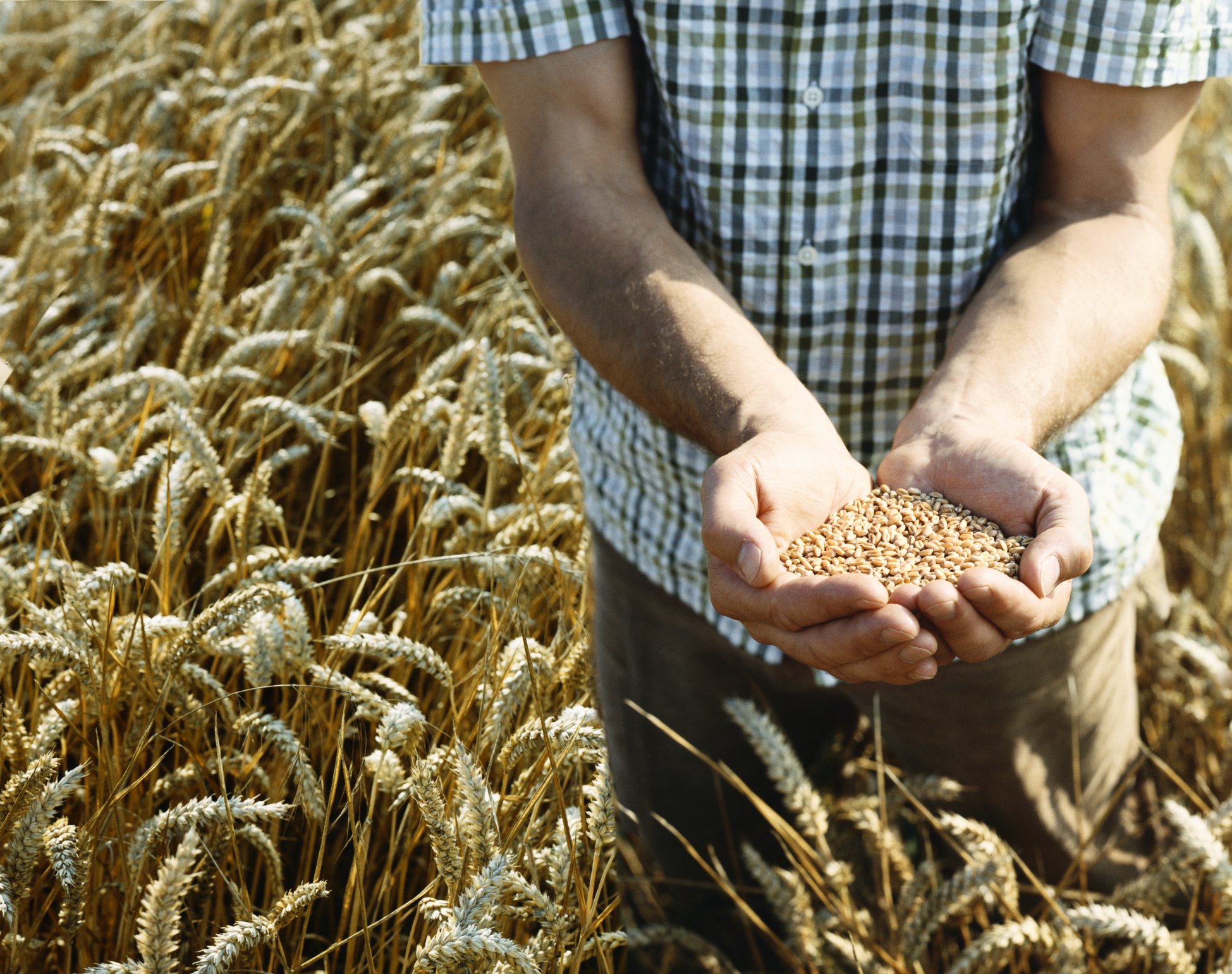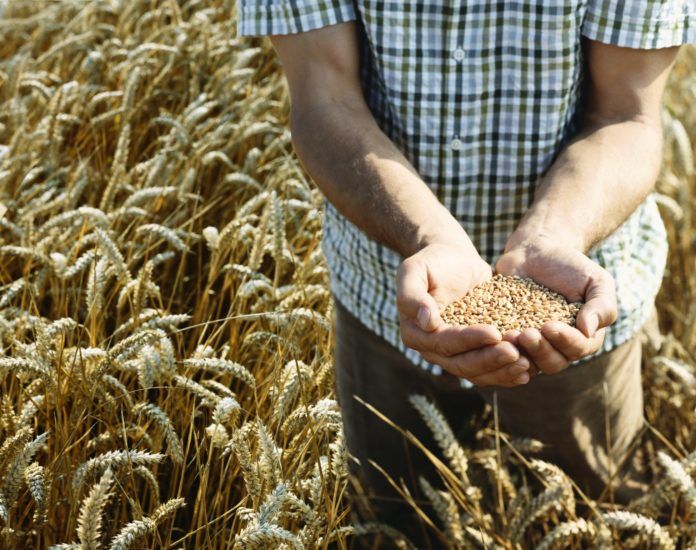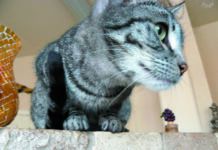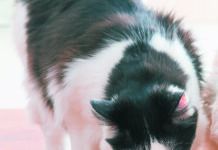You’ve probably heard a lot of this lately: “Grain free.” “No gluten added.” Have you seen descriptions such as these on cat food — or in advertisements? Grain-free is a big new trend in cat food. Proponents argue that cats are healthier without grains or gluten — that they have fewer allergies and better digestion. But do they actually have any scientifically-established benefits?
THINKSTOCK


“Grain-free diets are popular based on marketing alone,” says Cailin Heinze, MS, VMD, and an assistant professor of nutrition in the Department of Clinical Sciences at Tufts Cummings School of Veterinary Medicine. “There is no scientific reason to feed these to your cat. It’s 100 percent marketing. There is no benefit for a cat to being on a grain-free diet.”
Diets that exclude grains aren’t necessarily harmful, but neither do they have any scientifically established benefits for cats, says Dr. Heinze, who is board-certified by the American College of Veterinary Nutrition. Bottom line: The fact that a particular product doesn’t contain grains doesn’t tell you anything significant about what really matters: nutrition and quality control. Let’s explore a few myths.
Myth: grain-free = low carb
Truth: Not necessarily. While some grain-free diets are low-carb, many are not. “Grain-free diets don’t contain any grain, or ingredients derived from grains,” explains Dr. Heinze. “Grains may be replaced with potato, peas, tapioca or other kinds of starches.”
The benefit? Not clear. “There is no evidence that a grain-free diet is better than a diet with similar carbohydrate levels that does contain grains,” she says.
Myth: cats do better on gluten-free diets
“Gluten sensitivity has never been reported in cats,” says Dr. Heinze. Gluten is a protein found in wheat and certain other grains. In humans with celiac disease, an immune reaction to gluten can cause serious illness that can only be arrested by going on a gluten-free diet. But cats don’t get celiac disease or gluten sensitivity. “People who are feeding their cats grain-free or gluten-free diets are discriminating against perfectly safe foods.”
Myths: cats are healthier without carbs
Even grain-free diets that are low-carb or no-carb aren’t necessarily better for cats, says Dr. Heinze. “It’s true that cats have no dietary requirement for carbohydrates, but most healthy cats tolerate carbohydrates well, even when they are reasonably high compared to a wild diet,” says Dr. Heinze. “Others, with certain health problems, will do better on a low-carb diet.”
Some benefits of including nutritionally high-quality carbohydrates in cat food:
Carbs make dry foods possible. “You need starch (a type of carbohydrate) to make a dry food,” she says. That’s why no-grain dry foods contain other carbs.
Carb-free diets can make weight control difficult. Without carbs, cat foods are made of protein and fat. In most cases, this means the diets are higher in fat — and calories. “A high-fat diet is high in calories, and it may be hard to get your cat to maintain a healthy weight. You have to be more careful with portion control, and most cat owners aren’t particularly good at that.”
“Most cats tolerate carbohydrates very well,” says Dr. Heinze. “Cats can digest carbs. So why not include them if they are digestible, have fiber which has added GI benefits, and also actually reduce calories in some diets?”
Some cats do better on low-carb diets, to be sure. These include many cats with diabetes. Some low-carb diets are available over-the-counter while others are by prescription only. If your cat has diabetes, talk with your vet about the best dietary approach. And don’t make the mistake of thinking that a grain-free diet is by definition low in carbohydrates. It may not be.
Myth: grain-free diets are more nutritious
Not necessarily. “If your only goal is to eliminate grains without looking at the nutritional profile, you could make a cat’s diet less nutritious,” says Dr. Heinze. For example, she says, “Sometimes companies substitute tapioca or other refined starches for whole grains.” Tapioca is a starch derived from the cassava root. It is not a grain and doesn’t contain gluten. Nor does it have much nutrition. It’s just starch. “Tapioca is like straight-up sugar,” she says.
Some grain-free diets may be nutritious, while others are not. The problem is that knowing that a cat food contains no grains tells you almost nothing about how wholesome it actually is. Bottom line, says Dr. Heinze: “There is no nutritional profile that is common for a grain-free diet.”
Cat food: choosing wisely
One concern that Dr. Heinze has is that some cat owners may opt for grain-free diets when their cats really need a therapeutic diet — for kidney disease, for example. “I’ve heard of owners who won’t feed their cat a diet recommended by a veterinarian because they couldn’t find one that is grain-free,” she says.
“Most therapeutic diets are not grain-free,” she says. “It is very hard to find a diet for a cat with kidney problems that is grain-free, for example.” If your cat has a health problem and needs a therapeutic diet, you may be causing harm by ignoring your vet’s advice.
In the end, she says, cat owners can make smarter choices by worrying less about what ingredients are in, or not in, a particular cat food — and focusing on its overall nutritional profile.
“We get hung up on ingredients,” says Dr. Heinze. “But these are chosen for their appeal to owners, not pets. If pet owners don’t look so much for certain ingredients, they can get avoid getting caught up in fads.” — Bob Barnett





what a crock, wonder what trash cat food company sponsered this rubbish.
Says some loser who doesn’t work in vet med.
Great article, thank you!
Yeah I’d take this with a grain of salt (no pun intended). Cats are obligate carnivores. They dont naturally eat grains. RX food (hydrolyzed in particular) has caused GI problems for my cat. Whether that is due to grains or not I can’t be 100% sure, but the first 3 ingredients are grains…He does much better on a food that is animal protein based without fillers & grains. This is just one anecdotal example, so also take what I’m saying with a grain of salt. Each cat is different – some have no problem tolerating the processed crap the large cat food companies put in their product.